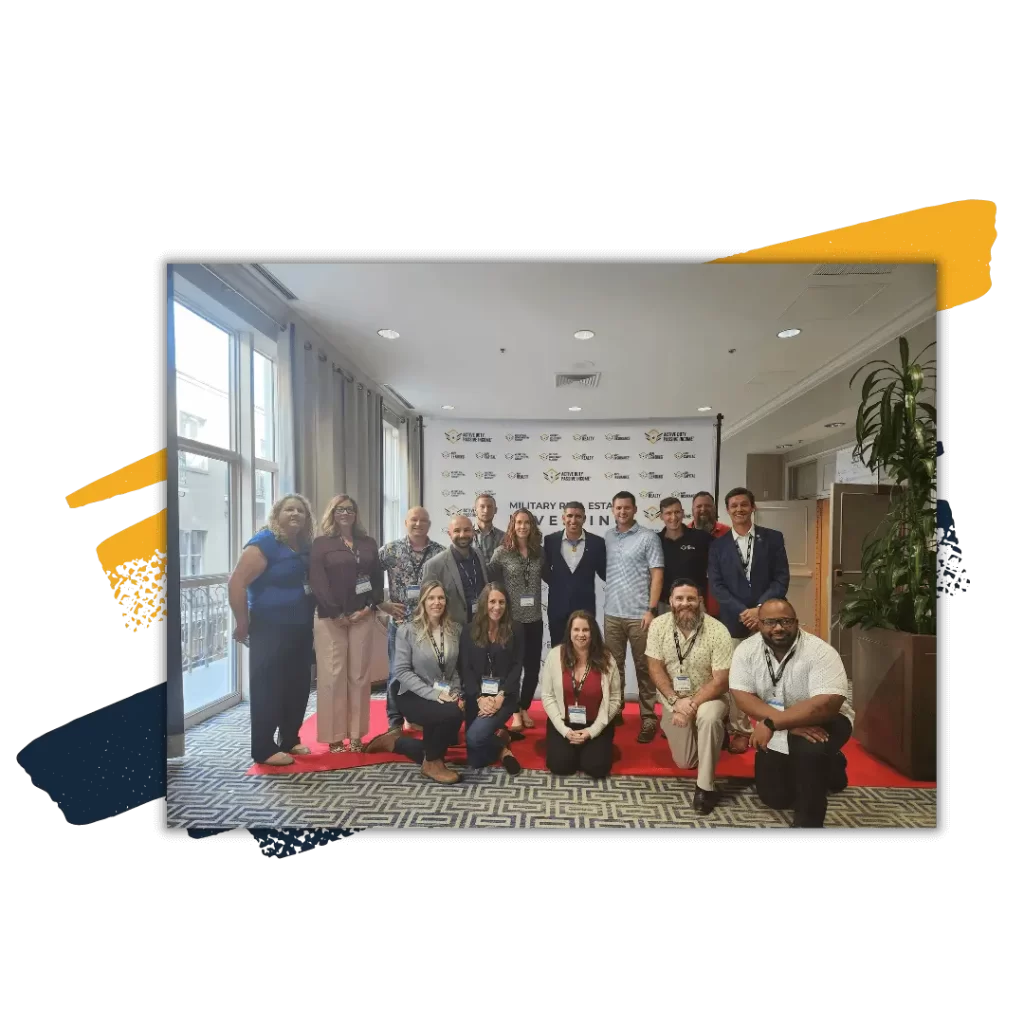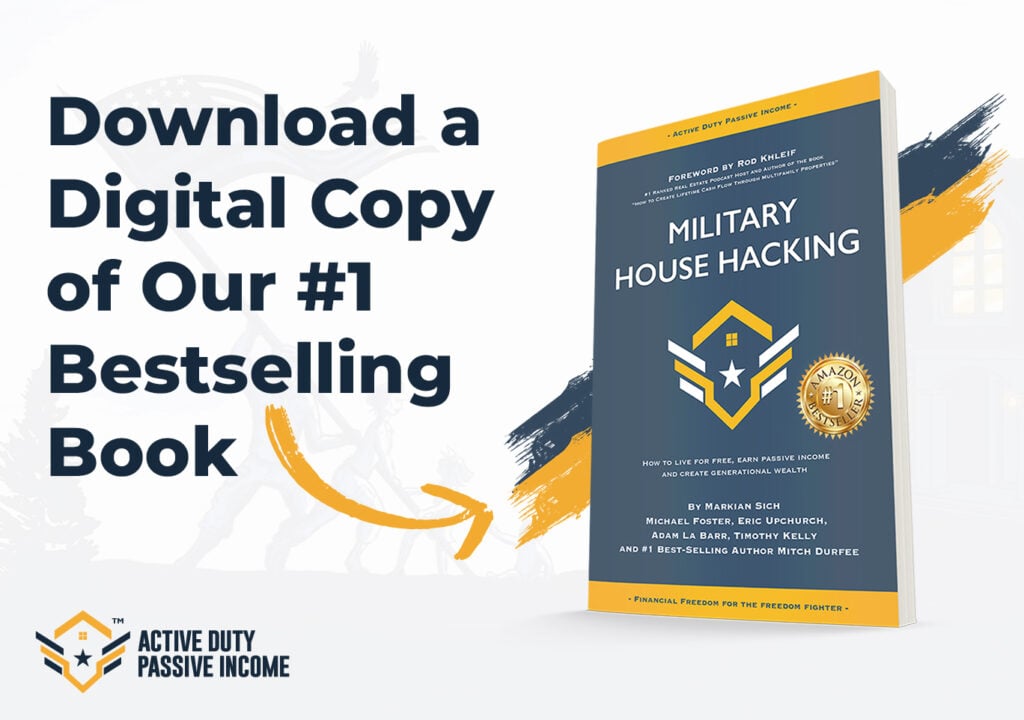Financial freedom means having enough investments, savings, and cash to go through life without stress about your financial situation.
Financial freedom allows you to afford the lifestyle you want for yourself and your family. It allows you to minimize the time you spend working as much as you want without minimizing your earning potential. You’ll be able to retire earlier and turn to your hobbies and professional passions without the fear that you’ll live out your old age struggling to make ends meet.
And, most importantly, it allows you to earn enough money to invest into real estate — a move which can help you establish a regular passive income to help you sustain and enjoy your financial freedom in the years to come.
So, financial freedom is something worth aiming for.
But, how do you achieve it?
Well, by making several finance-related goals in your life, and then pursuing them.
Here’s how the concept of OKRs can help you with that.
What are OKRs? How do they work?
“OKR” stands for Objectives and Key Results — it is a methodical, goal-setting framework meant to help you implement a particular goal-based strategy.
It dates back to the 1950s and Peter Drucker’s concept of Management by Objectives (MBO) — this concept would later be shaped into the OKR concept we know and implement today, by Andrew Grove who introduced it to the Intel Corporation, and John Doerr, who brought it to Google.
Today, not only Google and Intel, but also Dropbox, Airbnb, Facebook, Mozilla, Microsoft, and hundreds of other top companies implement OKRs in their work.
What are Objectives? How do they work?
Objectives represent a goal you want to pursue — they are a qualitative, unmeasurable concept, and answer the question “What do I want to accomplish?”.
You’ll recognize an efficient Objective because it’s easy to understand and it serves as a means of inspiration for you. Depending on what you are looking to achieve in life and work, you should set 1-5 Objectives for it.
For example, you can have “I want to expand and grow my marketing agency by hiring more people.” as your Objective.
What are Key Results? How do they work?
Now, unlike Objectives, which are a qualitative concept, Key Results are a quantitative concept. As such, they can be measured and they mandate that you set specific figures or numbers for them.
Key Results represent the deliverables you define to have specific points of reference that tell you whether you’re successful in forwarding toward the Objective you’ve defined.
They answer the question “How can I accomplish what I want?”.
You’ll recognize an efficient Key Result because it’s specific and easy to measure. Depending on the goal you’re pursuing, you should set 3-5 Key Results for each of your Objectives.
If we take the marketing agency example and define a set of Key Results for it, here’s what we might get:
Objective: “I want to expand and grow my marketing agency by hiring more people.”
Key Result 1: Post the job offers to 5 high profile job boards/platforms.
Key Result 2: Arrange interviews with 5 best candidates based on their CVs each week.
Key Result 3: Shortlist 5 candidates in total you’ll invite for the second interview.
Key Result 4: Make the job offer to the 3 best candidates.
What are Initiatives? How do they work?
Now, despite not being officially mentioned in the “OKR” acronym, there is a third concept you’ll need to define for the Objectives and Key Results framework to work — Initiatives.
Initiatives represent the tasks and activities you’ll take part in to fulfill your Key Results. As they are closely related to Key Results, Initiatives are also usually a quantitative measure — they replicate the numbers from the Key Results and give you actionable steps you’ll need to make to reach the said numbers.
They answer the question “What will I do to accomplish what I want?”.
You’ll recognize an efficient Initiative because it’s easy to control and specific. Depending on the Key Results you’re looking to fulfill, you should set at least 1 Initiative for each Key Result.
Let’s now create specific Initiatives for our marketing agency example:
Objective: “I want to expand and grow my marketing agency by hiring more people.”
Key Result 1: Post the job offer to 5 high profile job boards/platforms.
Initiative: Research 20 job boards/platforms to find the 5 best ones to post the job on.
Key Result 2: Arrange interviews with 5 best candidates who’ve sent their CVs each week.
Initiative: Go through all the CVs you receive weekly to identify the 5 best ones for each week.
Key Result 3: Shortlist 5 candidates in total you’ll invite for the second interview.
Initiative: Discuss the technical and personality interviews of each candidate to identify the best 5 to shortlist.
Key Result 4: Make the job offer to the 2 best candidates.
Initiative: Based on the second round of interviews, highlight the best 2 you want to offer the job to.
How to set OKRs to reach financial freedom: Examples
So, we’ve established what OKRs are and how we can best define them. Let’s now see how we can use them to gain financial freedom through 3 vital objectives:
- Organizing your funds
- Minimizing your credit card debts
- Saving and earning more money
Financial Freedom, Objective 1: “I want to organize my funds to be prepared for emergencies, retirement, and other inevitable expenses.”
Key Result 1: Save $40,000 per retirement year for my retirement fund.
- Initiative 1: Open an IRA account, or a tax-favored 401(k) account to deposit the funds to monthly.
- Initiative 2: Save at least 10%-15% of my income every month, and place it in the retirement fund.*
*The actual percentage should depend on your monthly income.
Key Result 2: Save $70,000 per child for my children’s college fund before they turn 18.
- Initiative 1: Open a tax-free college savings account (529 plan)
- Initiative 2: Save at least 10%-15% of my income every month (for each child), and place it in the college savings fund.*
*The actual percentage should depend on your monthly income.
Key Result 3: Save $1000 per month for unexpected medical procedures and other unexpected events to an emergency fund.
- Initiative 1: Open a simple checking account that comes with a debit card, where I’ll always be able to get the money I need quickly and easily.
- Initiative 2: Save at least 5%-10% of my income every month, and place it in the checking account.*
*The actual percentage should depend on your monthly income.
Financial Freedom, Objective 2: “I want to minimize my credit card debts to be able to save more money for the future.”
Key Result 1: Pay off the 3 credit cards with the highest rate interest first, and work my way down from there.
- Initiative 1: List all my credit cards to identify the ones with the highest interest rate first.
- Initiative 2: Pay more than the minimum of 2%-3% of the outstanding balance for each credit card to avoid prolonging the debt. Alternatively, if I have a fixed minimum payment instead of a percentage, I’ll always pay double the minimum payment amount.
- Initiative 3: Make the payments on a weekly instead of a monthly basis.
Key Result 2: Cut the monthly expenses I make via credit cards by 50%
- Initiative 1: Remove all of my credit cards from my wallet at least 4 days per week.
- Initiative 2: Disconnect my credit cards from online shopping websites.
- Initiative 3: Only use my credit cards for items and services I “need”, such as braces for my child, instead of the items and services I “want”, such as a new Burberry coat.
Financial Freedom, Objective 3: “I want to save and earn more money to make sure I live comfortably within my means.”
Key Result 1: Identify the 20% more money I can save every month.
- Initiative 1: Use coupons I can find online or in the newspapers to save money on products I buy regularly.
- Initiative 2: Cancel monthly memberships at clubs and places I rarely or never go to or services I rarely or never use.
Key Result 2: Identify the 20% less money I can spend every month.
- Initiative 1: When it comes to food that easily spoils, I’ll buy only the amounts I know I’ll use before the expiration date.
- Initiative 2: Limit the number of new clothing items I’ll buy per month to 2 essential, season-appropriate pieces.
Key Result 3: Supplement my regular income by taking on 1-3 freelancing gigs per month.
- Initiative 1: List my skills and experience, and turn to 5 popular job boards/platforms to find suitable freelance gigs.
- Initiative 2: Turn to professional contacts and friends to get recommendations for freelance jobs.
In the end…How do you measure the success of your OKRs?
So, you’ve started pursuing the listed finance-related Objectives.
Sometimes, you’ll be more successful with your Key Results and Initiatives, sometimes you’ll be less successful.
But, how will you grade this level of success? It’s not always easy to tell.
For example, if you’ve only managed to save 8% of your monthly income for your retirement fund in February, technically, you have failed one of your Key Results. After all, the said Key Result mandates that you save at least 10%.
Yet, 8% is not too bad a result for one month — and here is why.
To help you understand how well you’re faring with your OKRs, you’re advised to turn to a simple decimal grading system.
This system was established by John Doerr, and it involves grading your Objectives, Key Results, and Initiatives on a simple numerical scale that ranges from “0.0” to “1.0”.

According to this OKR decimal grading system, three sections determine how successful you were with your efforts:
- From “0.0” to “0.3” — You failed to make real progress.
- From “0.4” to “0.6” — You made progress but fell short of completion.
- From “0.7” to “1.0” — You delivered.
As you can see, saving 8% of your income for the month still means you delivered with your Key Result (with a grade of 0.8).
So, after the first month of implementing your OKRs, make sure you grade each Key Result separately — then, calculate the average for your Objective from there, to find whether you delivered or not.
Good luck!
About the author:
Marija Kojic is a productivity expert specialized in time management techniques. She works at Clockify, where she enjoys helping people discover meaningful and effective ways to work smarter.







